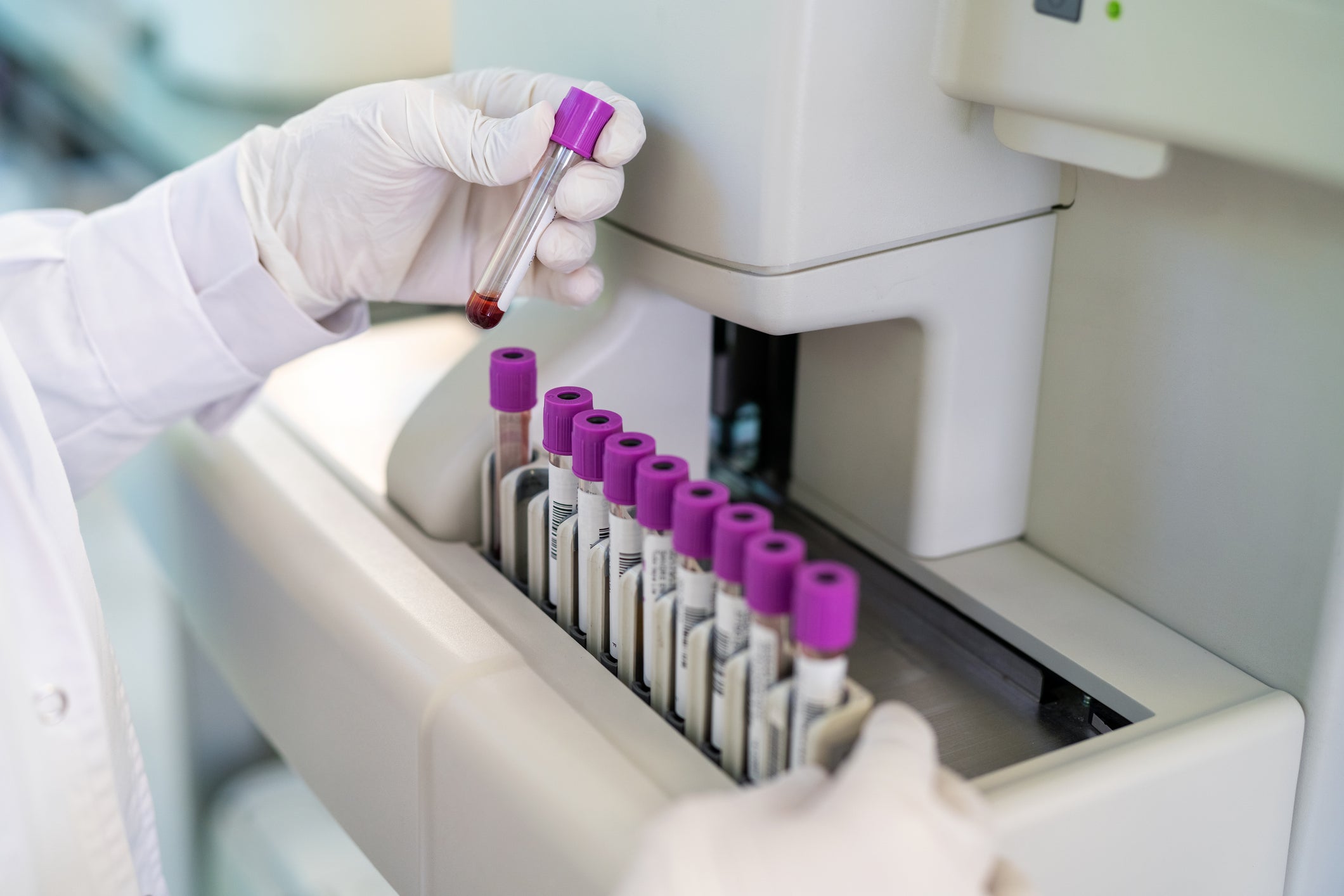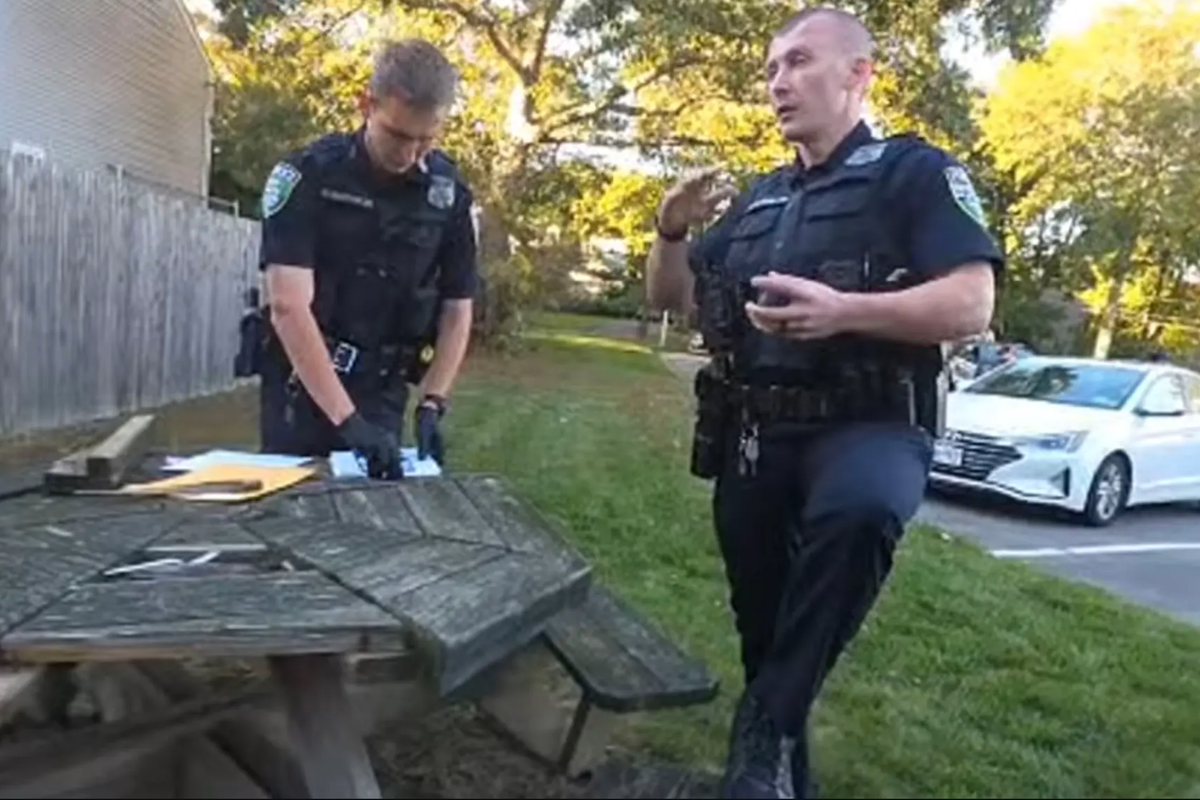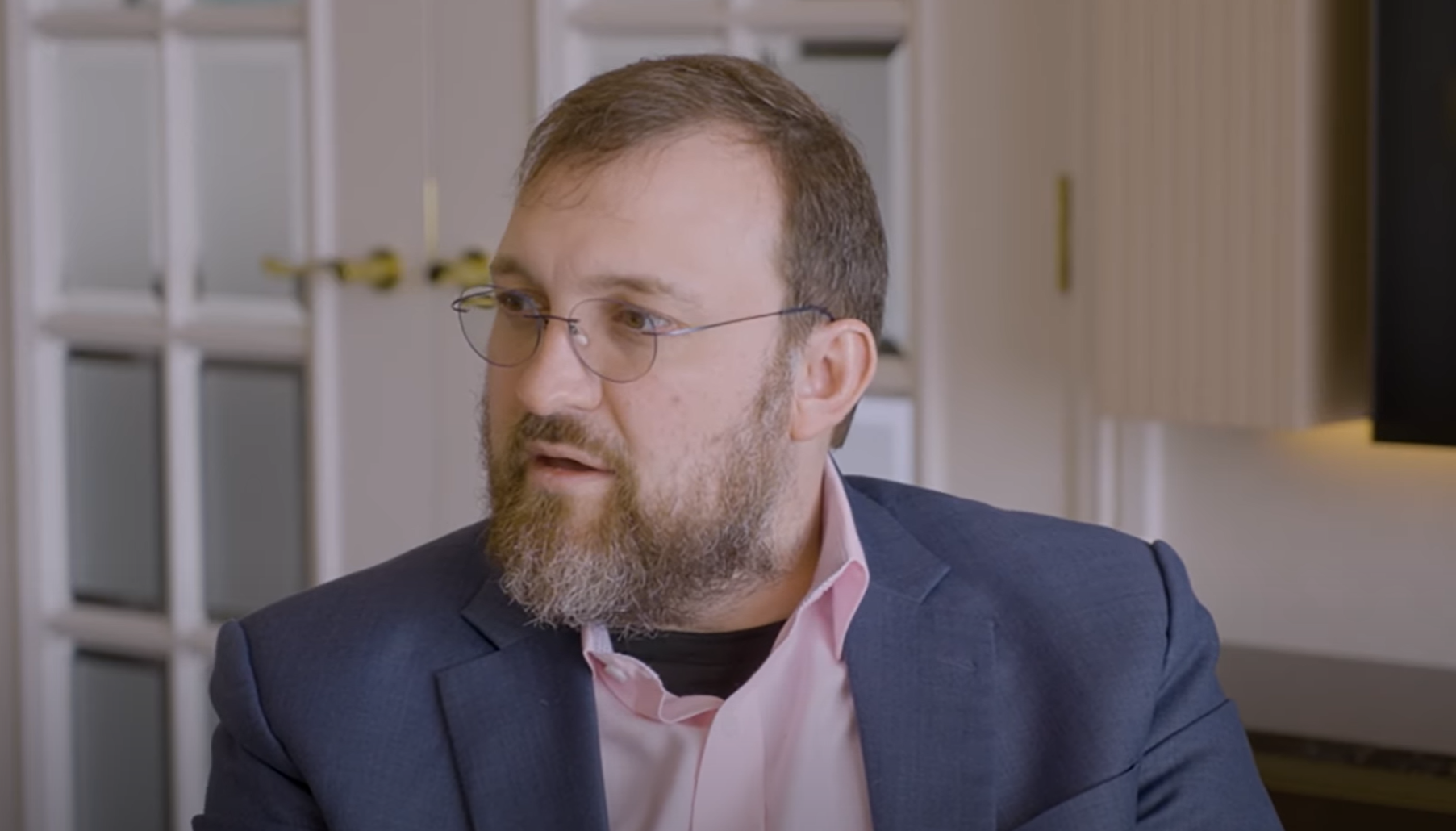A pioneering blood test designed to screen for more than 50 types of cancer, currently being evaluated by the NHS, has correctly identified the disease in nearly two-thirds of cases it flagged.
The Galleri test, which could be administered annually, detects DNA fragments shed by cancer cells in the bloodstream, often indicating disease before symptoms appear.
A significant US trial, Pathfinder 2, showed its high efficacy in ruling out cancer in healthy individuals and identifying cases at an early, more treatable stage.
Among participants with a "cancer signal" in their blood, 61.6 per cent were subsequently diagnosed.
Crucially, the test pinpointed the organ or tissue of origin in 92 per cent of cases, potentially saving time and resources on further diagnostic procedures.
Over half (53.5 per cent) of new cancers detected were at stages I or II, with more than two-thirds (69.3 per cent) identified at stages I to III.
Galleri, which has been dubbed the holy grail of cancer tests, also correctly ruled out cancer in 99.6 per cent of people who did not have the disease.

The findings are being presented at the European Society for Medical Oncology (ESMO) Congress in Berlin.
Sir Harpal Kumar, president of International Business and BioPharma at Grail, which pioneered Galleri, and former head of Cancer Research UK, said the findings were impressive.
He told the PA news agency: “We’re really very excited and we think this is a further step along the way in really transforming cancer outcomes.”
The Pathfinder 2 study looked at how the Galleri test may be used in a real-world setting, alongside regular screening programmes for things like breast and bowel cancer.
People from the US and Canada with no symptoms were recruited, of which 23,161 were analysed and had a follow-up period of at least 12 months.
The results suggested that adding Galleri to regular cancer screening led to a more than seven-fold increase in the number of cancers found within a year.
The test detected a cancer signal in 216 people, and cancer was diagnosed in 133 of these.
Therefore, the likelihood of receiving a cancer diagnosis following a positive test result showing a “cancer signal” was 61.6 per cent.
Sir Harpal told PA: “What we wanted to assess was, what added value does the test provide over and above existing screening?
“And one of the most important and exciting results is the fact that it detected seven times as many cancers as the other screening programmes put together.”

He said the screening programmes in the US are slightly different to those in the UK but “in the sense of what screening programmes are offered, it’s comparable.”
An NHS Galleri trial on how well the test works in screening people without symptoms is expected to be published in the middle of next year.
Sir Harpal said: “Assuming we do get positive results from NHS Galleri, the opportunity to find substantially greater numbers of cancers before they present clinically means we should be able to find a lot more of them at an earlier stage.
“This opens up the possibility we can use more effective treatments and, in many cases, curative treatments.
“That should make a substantial difference to cancer outcomes.
“This is also particularly effective in those types of cancer where we have no other screening at the moment – and in those types that are typically diagnosed very late, like pancreas, head and neck, liver and ovary, and so on.
“As a complement to existing screening, we could find many, many more cancers earlier before they present symptomatically, which has the potential to really transform how we diagnose cancer and the outcomes we can expect.
“Once we get those results next year, we would hope the NHS would move very quickly to an implementation evaluation in the NHS.”
Sir Harpal said the fact the test can also pinpoint which organ or tissue the cancer is in makes the “diagnostic process very efficient and quick”.
Galleri can also aid doctors treating patients who may have vague symptoms.
Sir Harpal said: “If somebody presents with abdominal pain, you might ask: is this ovarian cancer, pancreatic cancer, colorectal cancer – or is it not a cancer at all?
“If we can help clinicians direct those investigations, then we can make much better use of what is very scarce diagnostic capacity.”

Modelling suggests the Galleri test could be effective as an annual blood test in people from the age of 50, when cancer cases begin to rapidly increase.
“Our analysis would suggest it’s going to be more cost effective from age 50 upwards,” Sir Harpal said, adding that there will be some younger people, such as those with prior cancer or a genetic predisposition to the disease, who may also benefit.
Research published in the journal BMJ Open in May found that an annual blood test for cancer could lead to 49 per cent fewer late-stage diagnoses and 21 per cent fewer deaths within five years compared to patients receiving usual care.
Josh Ofman, president at Grail, said: “These results are extremely compelling as approximately three-quarters of the Galleri-detected cancers do not have recommended screening tests today.”
Responding to the findings, Professor Clare Turnbull, from the Institute of Cancer Research, London, said data was needed on whether tests such as Galleri had an effect on reducing death rates from cancer.
Professor Nitzan Rosenfeld, director of the Barts Cancer Institute in London, said the results were “impressive” and the 62 per cent figure was “very encouraging and provides strong evidence that this test could be safe and informative”.
He said more data was needed on mortality, but added: “Importantly, more than 50 per cent of the cancers detected by the Galleri test in this study were early stage (stages I-II), and more than 75% of them do not have common screening options.”
Anna Schuh, professor of molecular diagnostics at the University of Oxford, said the likelihood that an individual with a positive test result actually has cancer is about 60 per cent, according to the findings.
“Or in other words: almost half of the time, the test gets it wrong when it calls a positive result,” she said.
“This is disappointing as it is only fractionally better compared to tossing a coin, although better compared to current screening tests where still most positive results turn out to be nothing.”
She suggested the current rate of detection may mean the NHS does not find it a cost-effective test.
She said the test sensitivity was good “for some of the common cancers (where it was 74 per cent), but not so much for the others (that together make up more than half of all cancers) as for these the clinical sensitivity is poor (40 per cent).”

.jpeg)















-000230130003.jpg?trim=209,0,165,0&width=1200&height=800&crop=1200:800)




















 English (US) ·
English (US) ·